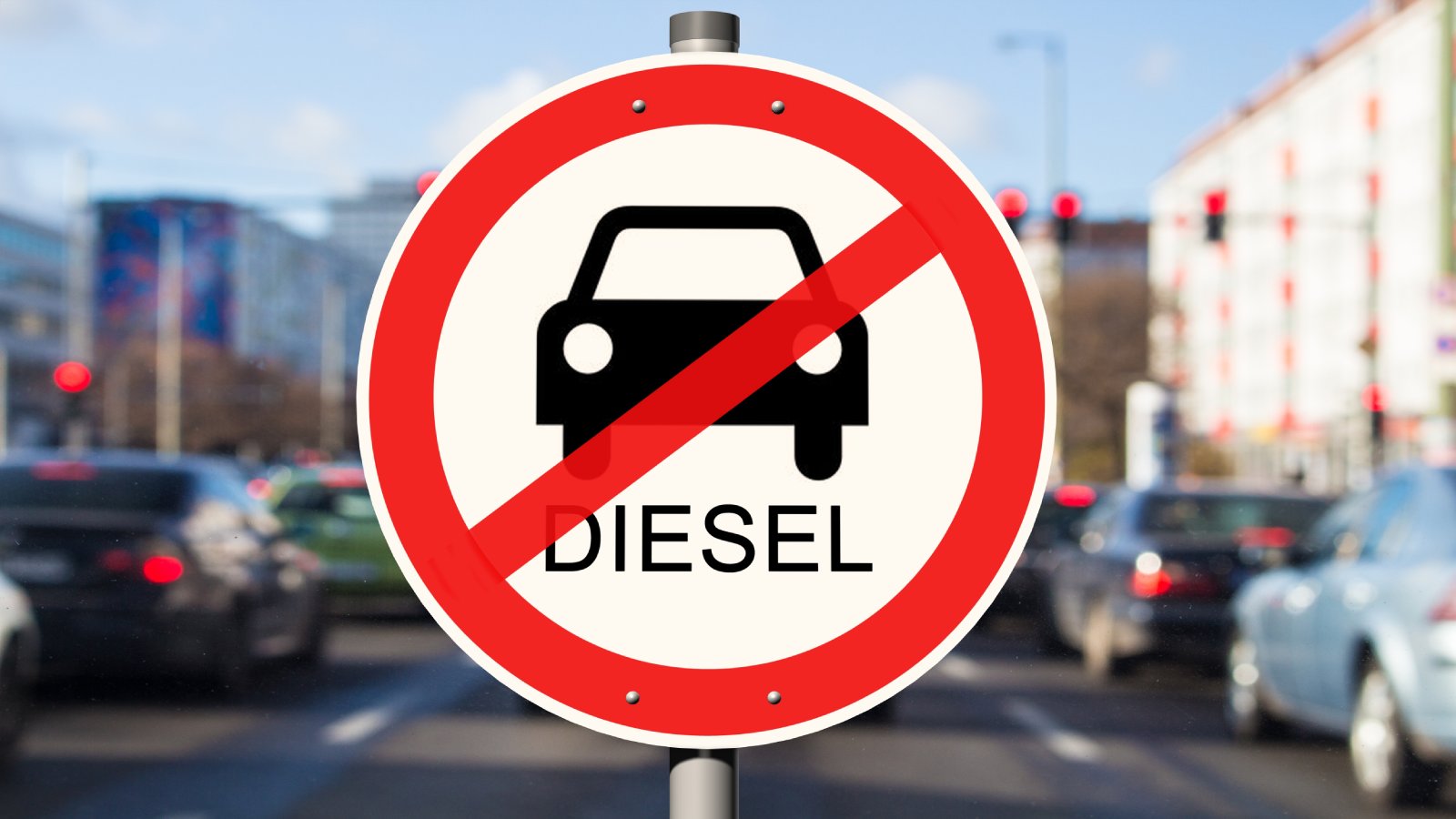California’s decision to ban the sale of new gas-powered vehicles will reach its first benchmark in two years. The impact of this decision on consumers, automakers, and the environment will determine how successful it ultimately is.
California’s 2022 Car Ban

Image Credit: Pexel / Engin Akyurt
In 2022, California announced its plan to ban the sale of new gasoline-powered vehicles by 2035. The state is hoping that this move will help to improve air quality and combat climate change.
Timeline for Changes

Image Credit: Shutterstock / NicoElNino
The transition will be gradual, with the first goals set for 2026 and 2030. 2035 is the final deadline for California to meet its zero-emission vehicle (ZEV) goals.
2026: The First Milestone

Image Credit: Pexel / Hyundai Motor Group
In 2026, California wants at least 35% of new car sales to be ZEVs. This early milestone is set to encourage companies to begin their transition toward producing and selling electric vehicles.
2023: Midway Point

Image Credit: Shutterstock / Viktoriia Hnatiuk
The goal nearly doubles by this point: 68% of new car sales should be ZEVs by 2030. This goal is meant to express how essential it is that California reduces its greenhouse gas emissions.
2035: The Final Deadline

Image Credit: Shutterstock / Dusan Petkovic
By 2035, 100% of new car sales in California have to be zero-emission vehicles. New gas-powered vehicles will no longer be able to be sold.
The Main Goal

Image Credit: Shutterstock / Christian Horz
California officials are hoping to reduce the state’s climate footprint while also improving public health by removing the greenhouse gas emissions produced by cars. This is an escalated way of meeting climate goals.
Enforcement of the Ban

Image Credit: Shutterstock / Gorodenkoff
The California Air Resources Board (CARB) will be responsible for setting and enforcing the regulations to make this transition possible. The new rules will set the standards for automakers’ future production.
Impact on Automakers

Image Credit: Shutterstock / Gorodenkoff
This shift is huge for automakers, who will now have to shift their production to electric and hydrogen-power vehicles. Research, technology, and infrastructure will all be required and likely, will be costly.
The Penalty for Noncompliance

Image Credit: Shutterstock / Vitalii Vodolazskyi
Automakers can choose not to comply with the new ban once it goes into effect, but they’ll face a fine of $20,000 for each vehicle sold. This steep fine makes it unlikely that companies will choose to go against the ban.
Some Credit Options

Image Credit: Shutterstock / Rawpixel.com
In an effort to incentivize automakers and lower costs for consumers, California is offering credit for automakers who make cars that cost less than $20,275 or offer discounted options. The Inflation Reduction Act also offers tax breaks for producing these vehicles.
Concerns About Production Capability

Image Credit: Shutterstock / Korawat photo shoot
While the demand from consumers seems to be high, there are currently waiting lists for electric vehicles, which will only get longer once it becomes the only option to buy. Right now, there are concerns that automakers won’t be able to produce enough cars.
Economic Implications

Image Credit: Shutterstock / Salivanchuk Semen
The economy is likely to see big changes. There could be job creation in the green energy sector as the switch is made. However, for industries that rely on traditional car production, there may be issues.
Effects on Consumers

Image Credit: Shutterstock / Nestor Rizhniak
Consumers will need to eventually transition away from gas cars and toward electric vehicles. For those who cannot afford or simply don’t want to transition, this could be a problem.
Potential Cost Savings

Image Credit: Shutterstock / Grusho Anna
EVs typically have higher upfront costs, but in the long-run, they should offer consumers lower costs in fuel and maintenance costs.
Can I Still Drive My Gas Car?

Image Credit: Shutterstock / Somchai_Stock
This rule won’t force consumers to buy electric vehicles; you’ll still be able to drive your old gas vehicle. However, when it no longer works, you’ll either have to buy an old gas car or a new electric one.
Concern About Uncertainty

Image Credit: Shutterstock / Roman Fenton
Main consumers have valid concerns: electric vehicles are expensive, there are limited reliable charging options, and the technology is still relatively new.
Incentives for Early Changes

Image Credit: Shutterstock / Rawpixel.com
California is offering tax credits and rebates for those who buy EVs ahead of schedule. The goal of this is to make the transition more accessible.
Will the Infrastructure Hold Up?

Image Credit: Shutterstock / Gorodenkoff
In the next few years, California will need to find ways to make sure the infrastructure for sharing EVs is reliable. The state will need to increase the number of available stations and focus on finding cleaner ways to power the grids.
Challenges to Rural Areas

Image Credit: Shutterstock / Felipe Sanchez
In particular, rural areas may struggle because of a lack of available charging stations. California will need to address these needs before the final shift in 2035.
Is It Enough?

Image Credit: Shutterstock / Ground Picture
Some environmental advocates think the ban is not strict enough. According to Dan Backer, director of the Safe Climate Transport Campaign at the Center for Biological Diversity, “Many of the vehicles produced and sold after 2030 will still be on the road guzzling and polluting by 2050.”
Potential Legal Challenges

Image Credit: Shutterstock / Gorodenkoff
There could also be legal challenges in the future, as opponents to the ban may have a decent case. Many other states have seen California’s ability to set its own pollution rules as a problem.
Adoption From Other States

Image Credit: Shutterstock / Mircea Moira
Other states have already expressed their intent to follow California’s lead, so the success of this 2035 plan could influence other states to adopt similar bans.
Only the Future Will Tell

Image Credit: Shutterstock / RikoBest
California’s decision to ban the sale of gas cars shows the state’s intent to be a leader in the climate race. The success of this plan could become a model for other attempts to reduce emissions.
Featured Image Credit: Shutterstock / O. Kalacheva.
The images used are for illustrative purposes only and may not represent the actual people or places mentioned in the article.


